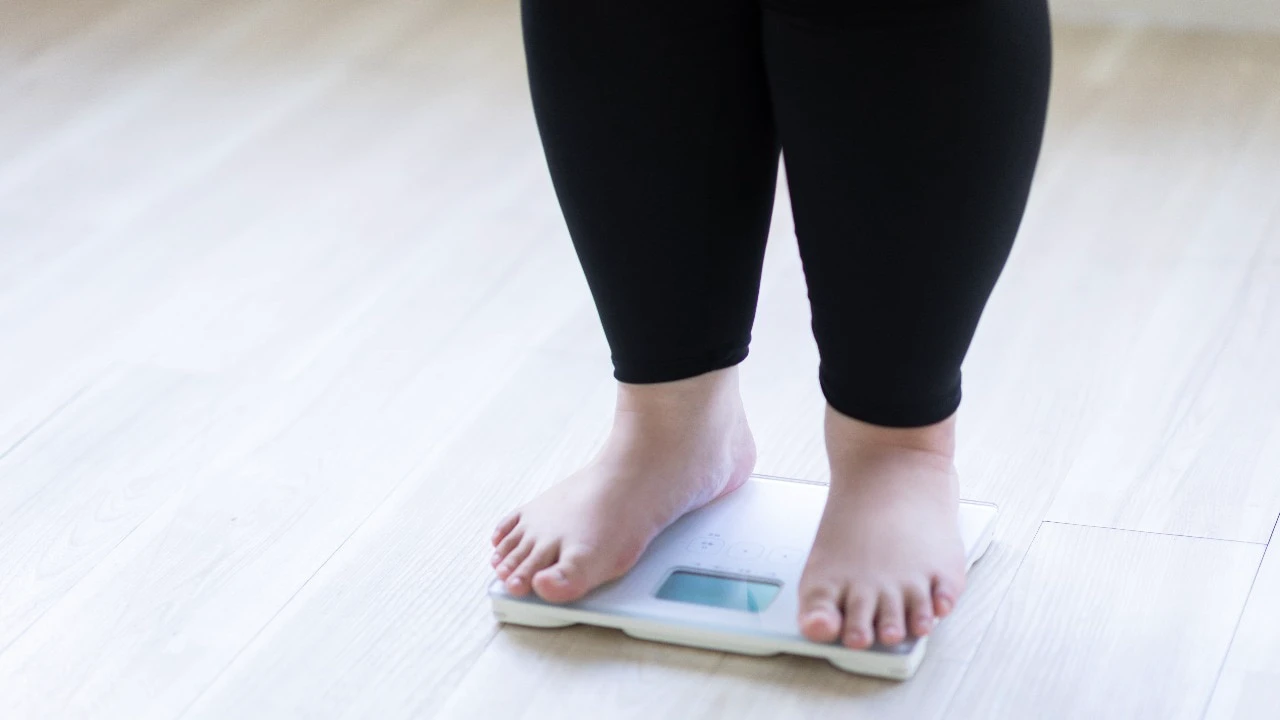In a first, the government is working on a National Obesity Guideline for the management and treatment of obesity, which has been rising steadily in the country, sources told India Today.
The first meeting on the subject was recently held under the chairmanship of the Director General of the Indian Council of Medical Research (ICMR), in the presence of health ministry officials and leading endocrinologists, nutritionists, bariatric surgeons, diabetologists, and other medical experts.
India has never had its own national obesity guideline; health professionals have traditionally relied on WHO standards. The new initiative also aims to build an Indian database, supplementing the National Family Health Surveys, to better assess causes, treatment, and management strategies.
On Independence Day, Prime Minister Narendra Modi had warned that “If every family decides to reduce the use of cooking oil by 10 per cent, it will benefit the health of the nation,” he said.
In 2018, the ICMR released Guidelines for Management of Type 2 Diabetes, which included limited references to obesity. The document stated: “Weight reduction should be attempted in obese individuals through lifestyle modification, with judicious use of drugs as adjuvants. In cases of morbid obesity, bariatric surgery may be an option.”
The forthcoming obesity guidelines, however, will go beyond treatment, focusing on early intervention, prevention, screening, and diagnosis, according to sources.
Interest in weight loss has surged in recent years, partly due to the availability of new drugs that mimic gut hormones such as GLP-1 and GIP receptor agonists, which suppress appetite and slow digestion to aid weight loss.
These drugs, already widely used internationally, are gaining popularity in India not only among diabetics but also among those seeking to lose weight beyond diet and exercise. The guidelines are expected to address the use of such medications under medical supervision.
Earlier this year, the ICMR-National Institute of Nutrition released the Dietary Guidelines for Indians 2024, which emphasize adopting a healthy lifestyle, limiting salt intake, improving cooking methods, and reducing consumption of high-fat, high-sugar, and ultra-processed foods. The new obesity guidelines will specifically address obesity, its causes, and strategies for prevention at early stages.
Currently, one in four Indians struggles with obesity. Its prevalence has tripled over the past decade across both urban and rural populations. According to NFHS-5 (2019-21), 24 per cent of women and 23 per cent of men are overweight or obese. Childhood obesity (under age five) also rose, from 2.1 per cent in NFHS-4 to 3.4 per cent in NFHS-5.
A study published in The Lancet Regional Health – South Asia in July 2023 highlighted that body mass index (BMI) alone is insufficient to assess obesity.
NFHS-5 introduced waist circumference as a measure, revealing that 40 per cent of women and 12 per cent of men in India have abdominal obesity. Among women aged 30-39, the figure rises to 49.3 per cent, and among those aged 40-49, it is 56.7 per cent.
By BMI alone, however, only 23 per cent of women fall into the obese category-indicating that many with a “healthy” BMI still have abdominal obesity.
Regional disparities are stark: abdominal obesity is highest in Kerala (65.4 per cent), Punjab (62.5 per cent), Delhi (59 per cent), and Tamil Nadu (57.9 per cent), while Jharkhand (23.9 per cent) and Madhya Pradesh (24.9 per cent) show lower prevalence.
Abdominal obesity is strongly linked to older age, urban residence, higher income, non-vegetarian diets, and among both men and women, a higher prevalence was found in the Sikh community.
